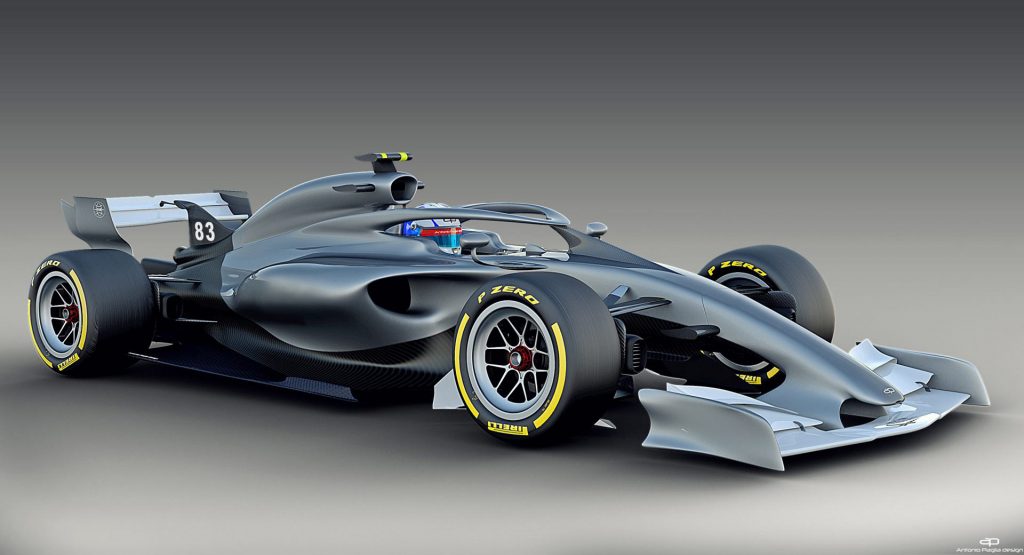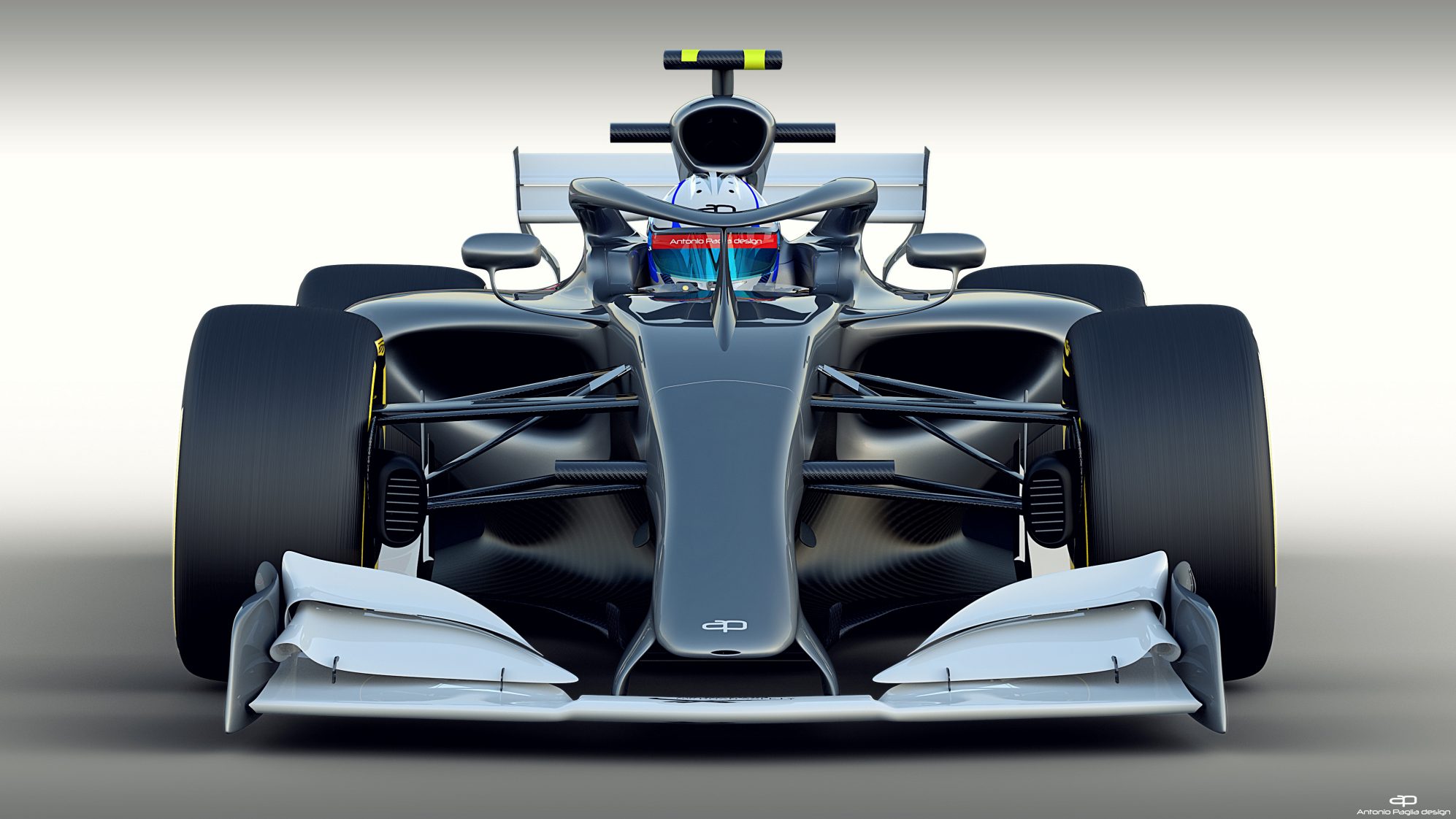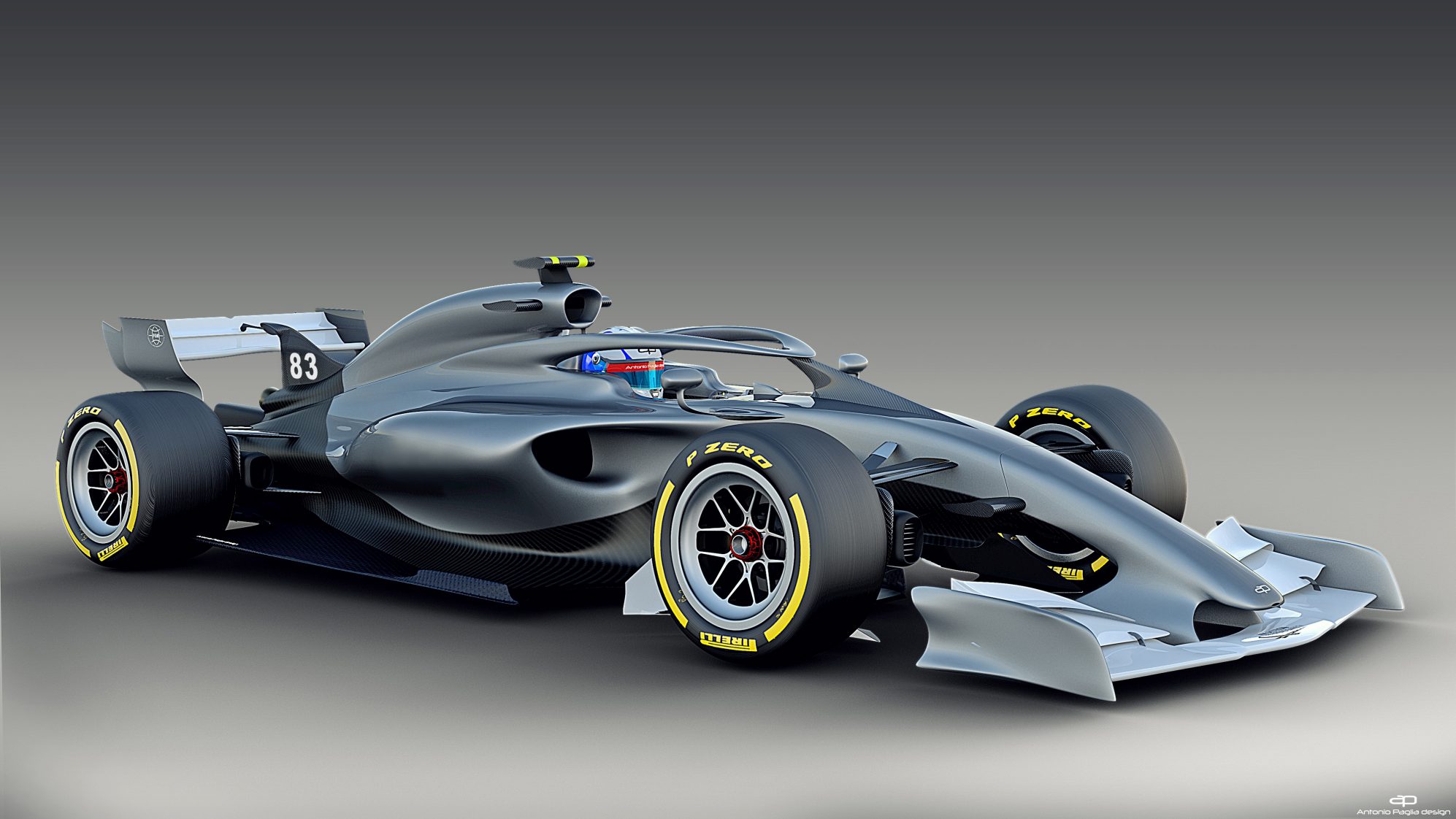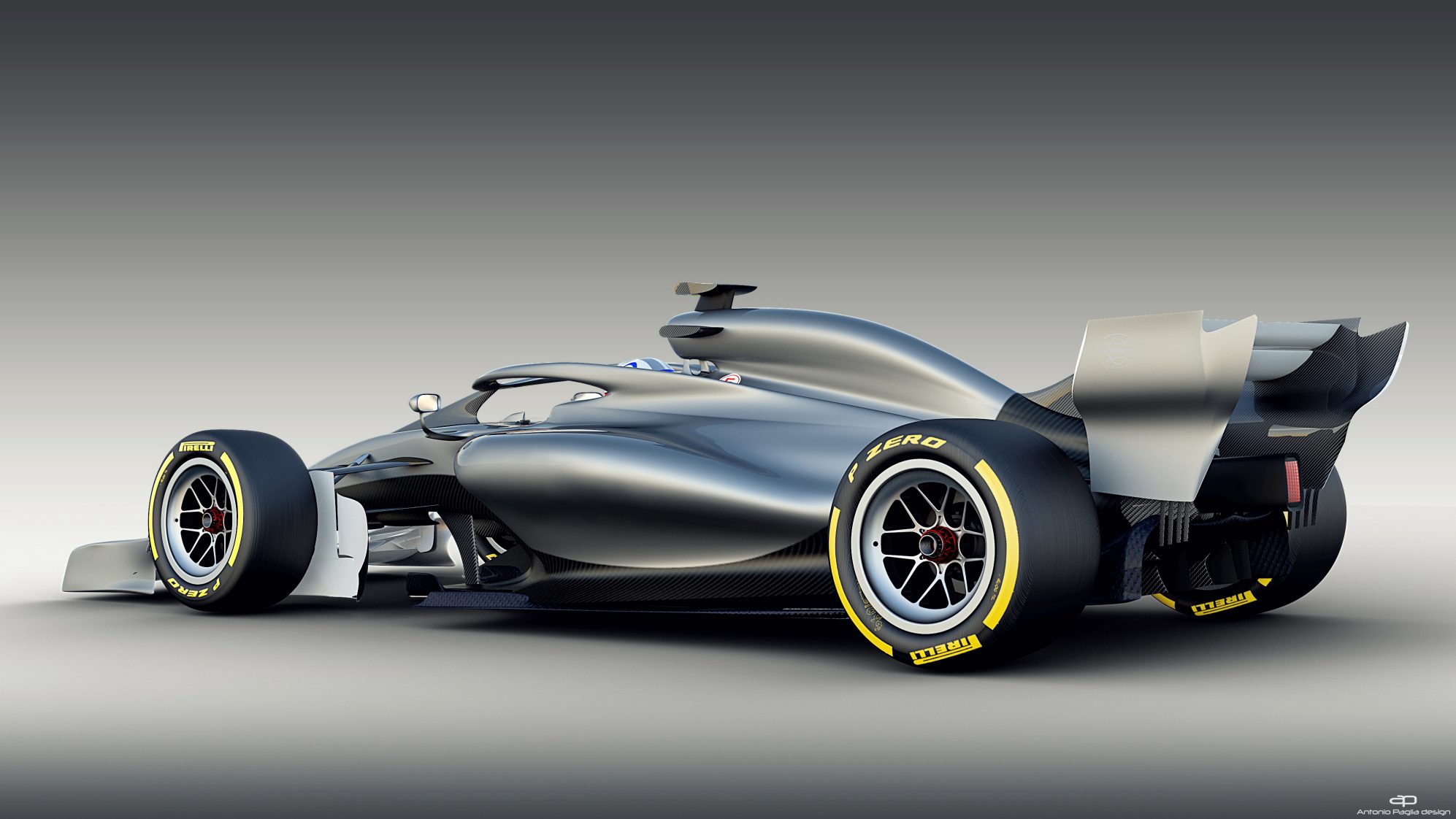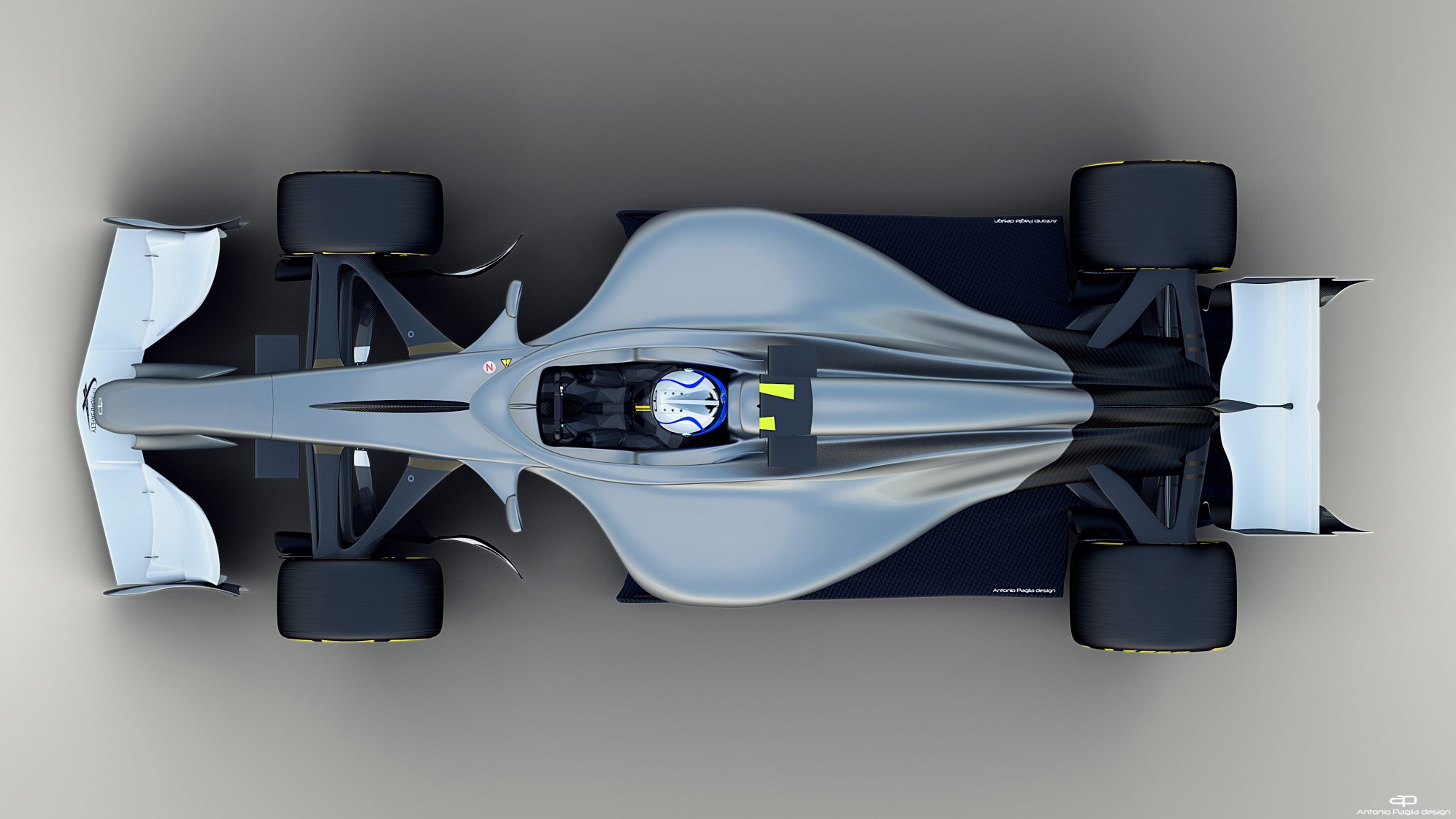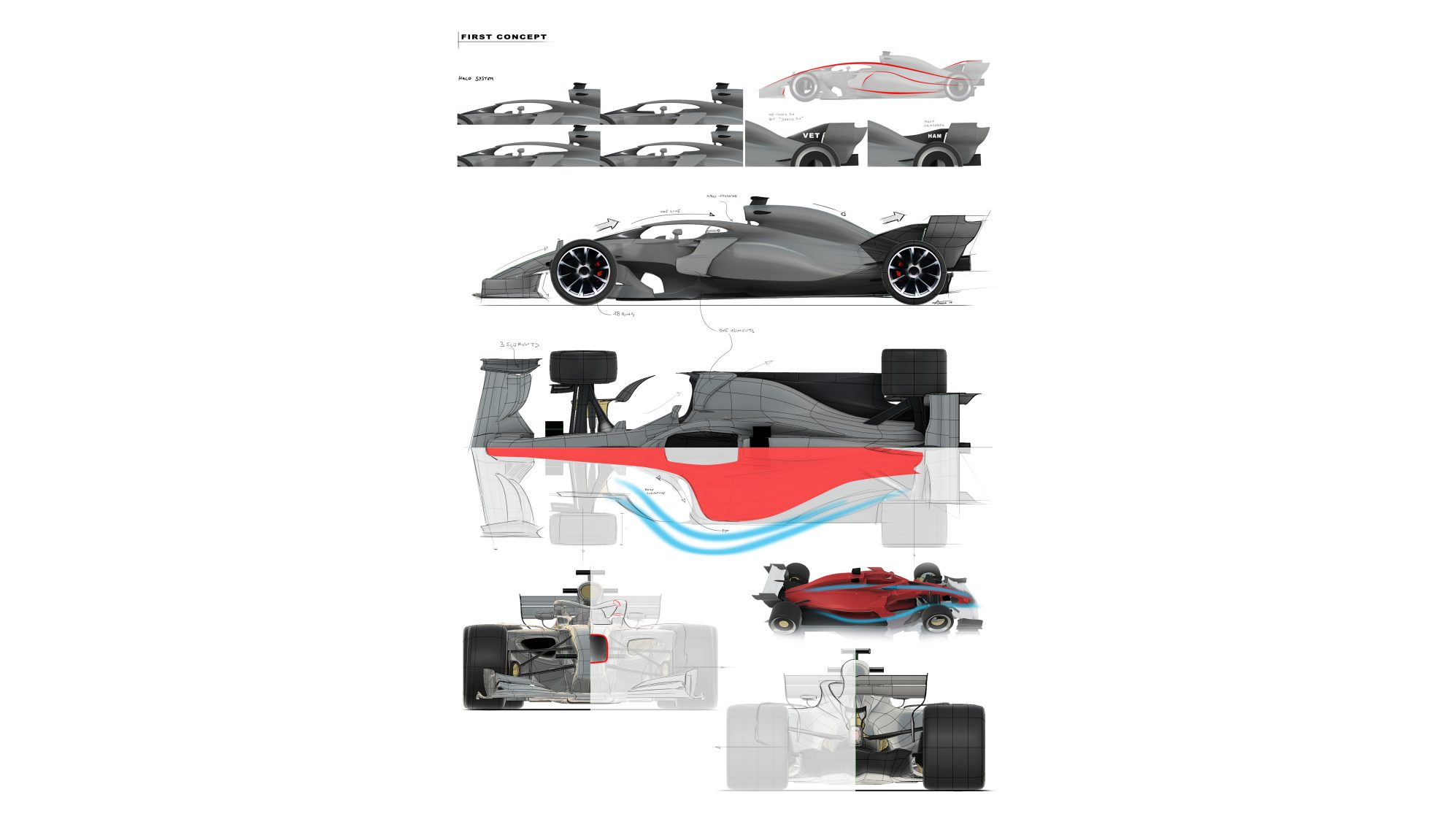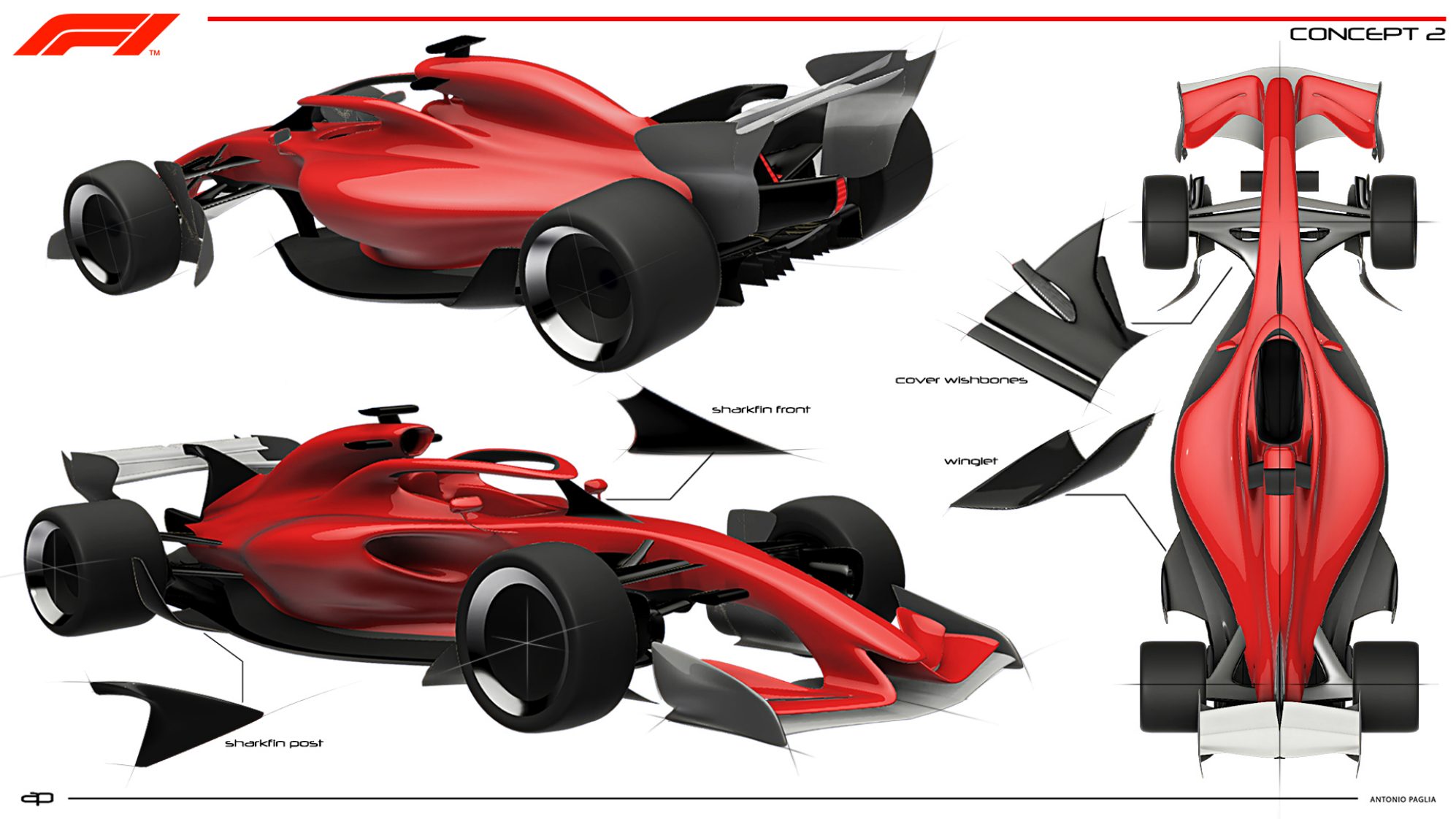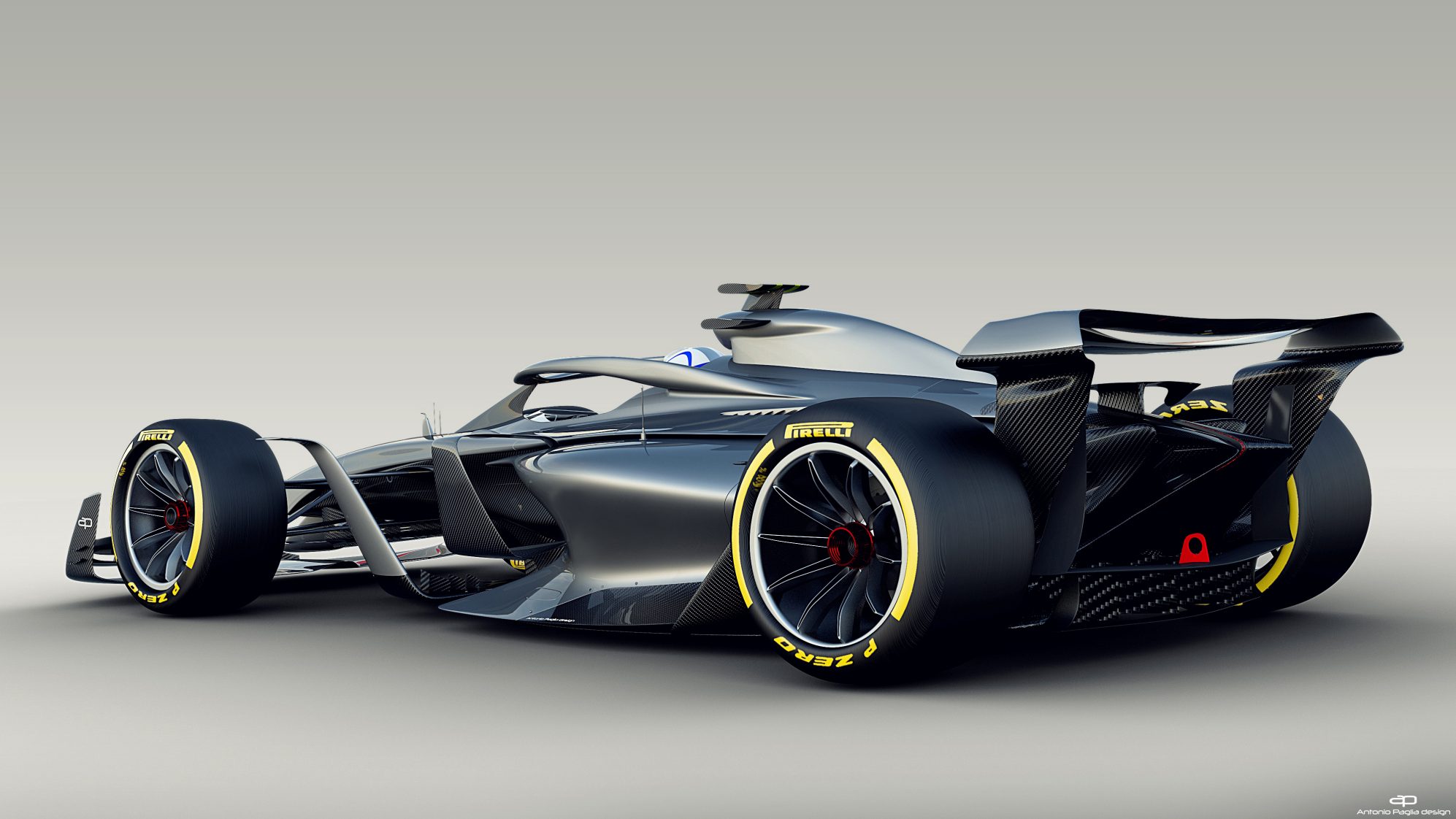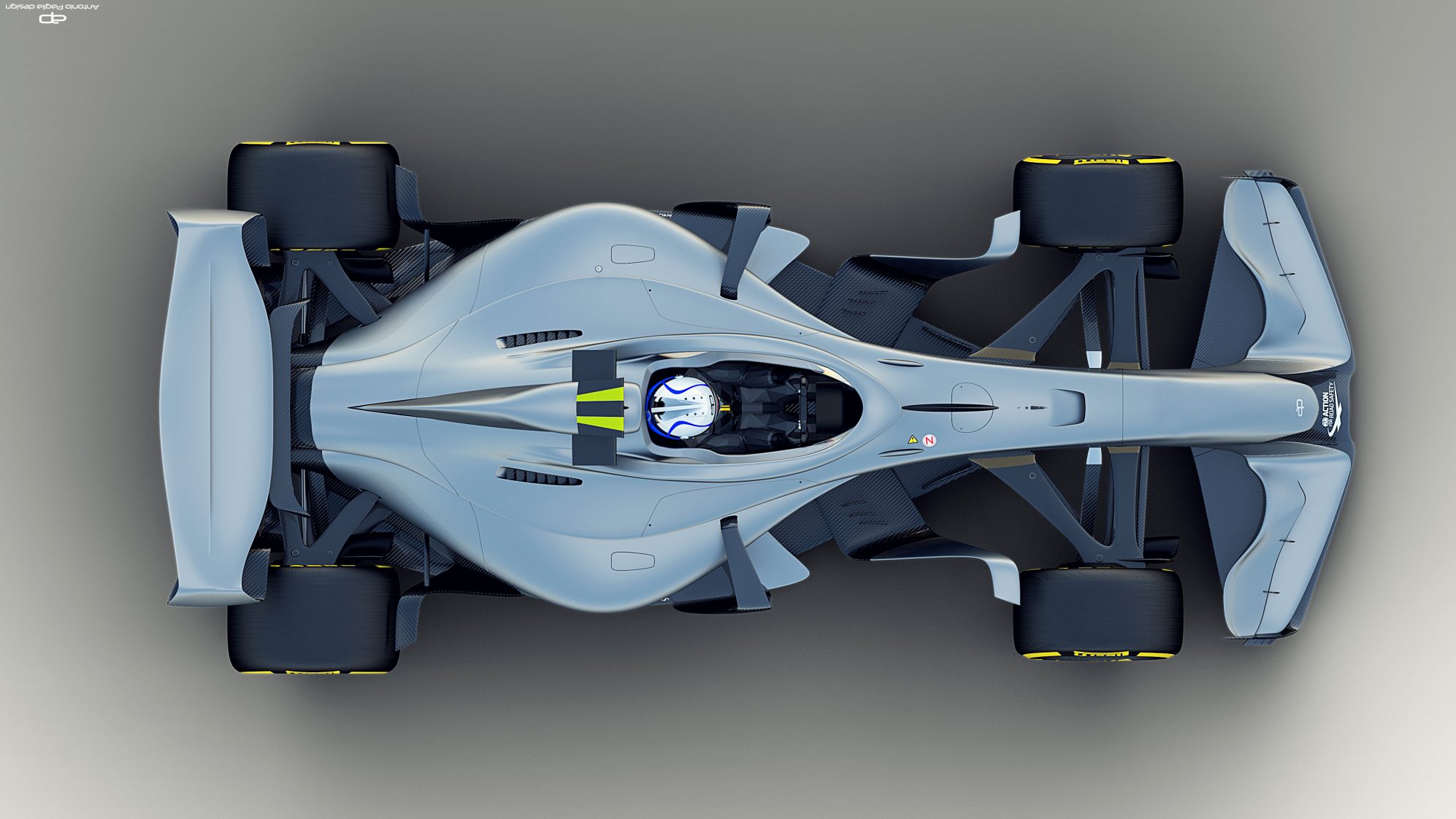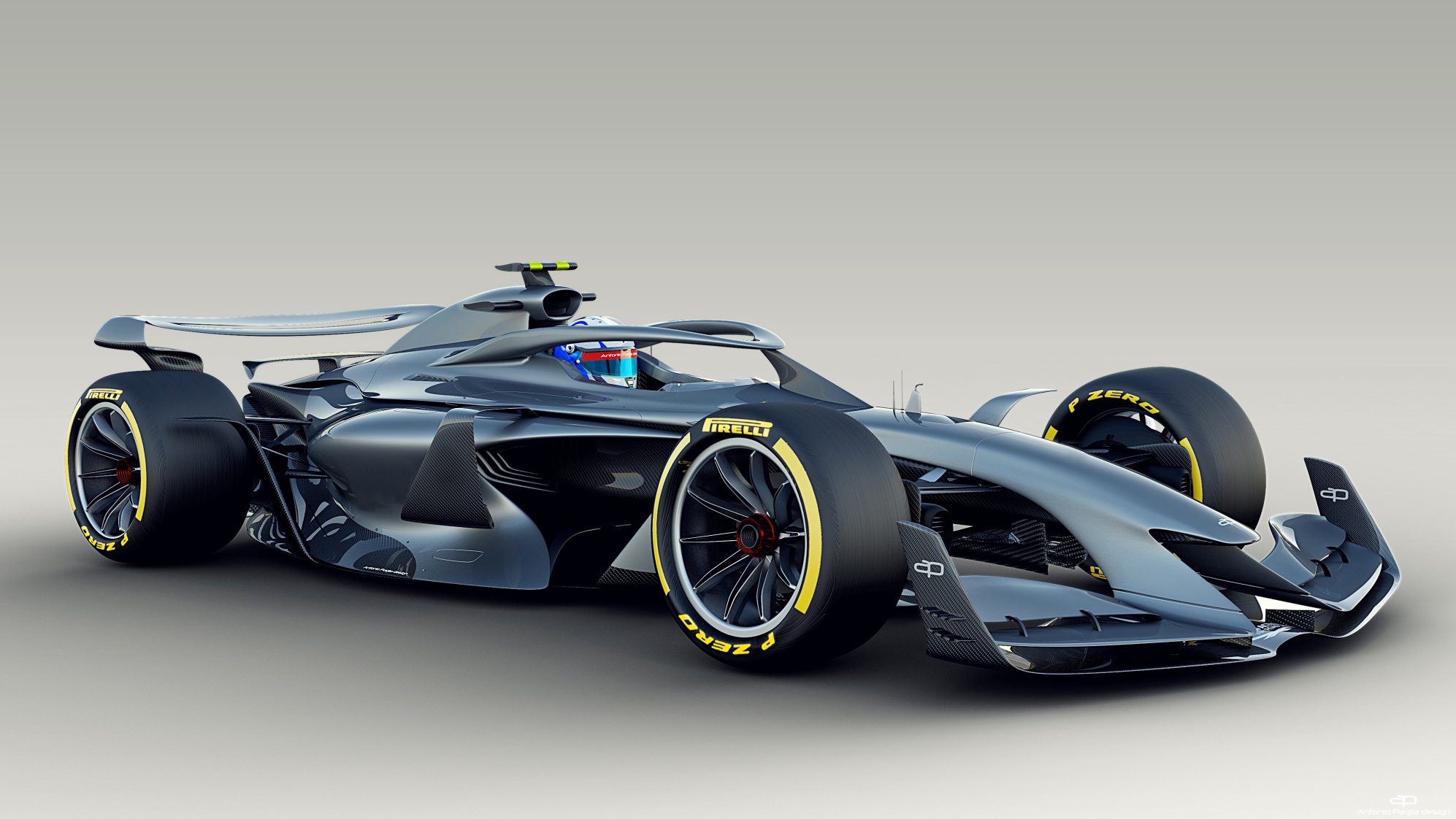Formula 1 is preparing to introduce radical new regulations to the sport in 2021 in an attempt to reduce “dirty” air and make overtaking easier.
The sport introduced higher-downforce cars in 2017 and while they resulted in blisteringly lap times, they reduced overtaking as the turbulent air produced makes it exceptionally difficult for cars to closely follow each other and, thus, overtake.
For 2019, some changes have been implemented to help encourage overtaking, including the fitment of simplified front wings. For 2021, there are much more radical changes afoot.
Formula 1 unveiled its 2021 car concepts in September last year, with the promise that the new design would allow cars to keep as much as 80 per cent of their peak downforce in turbulent air. Now, F1 sporting director Ross Brawn says the 2021 cars are even more efficient than that.
“There’s a massive difference already. With the current car, two car lengths behind, you lose 50 percent of the performance,” Brawn told Motorsport.
“The car we have [in the works] now, you lose 10 percent of the performance. So it’s a huge improvement over where we are today.”
Some pundits have suggested that the best way to promote on-track action in Formula 1 is to drastically reduce the amount of downforce the cars produce. However, according to Brawn, F1 cars need to remain the fastest in the world, and this means aerodynamics have to retain a key role.
“We don’t want to lose the speed of the Formula 1 car. We want it to be the fastest racing car on the planet, the most impressive racing car on the planet – and you can only do that by harnessing the aerodynamic performance.
“So I don’t think we can take a simplistic view and just get rid of all the downforce and think that’ll solve it. What we need is the downforce to be delivered in a way that cars can race each other,” Brawn said.
The 2019 Formula 1 World Championship kicks off next weekend in Melbourne, Australia.



